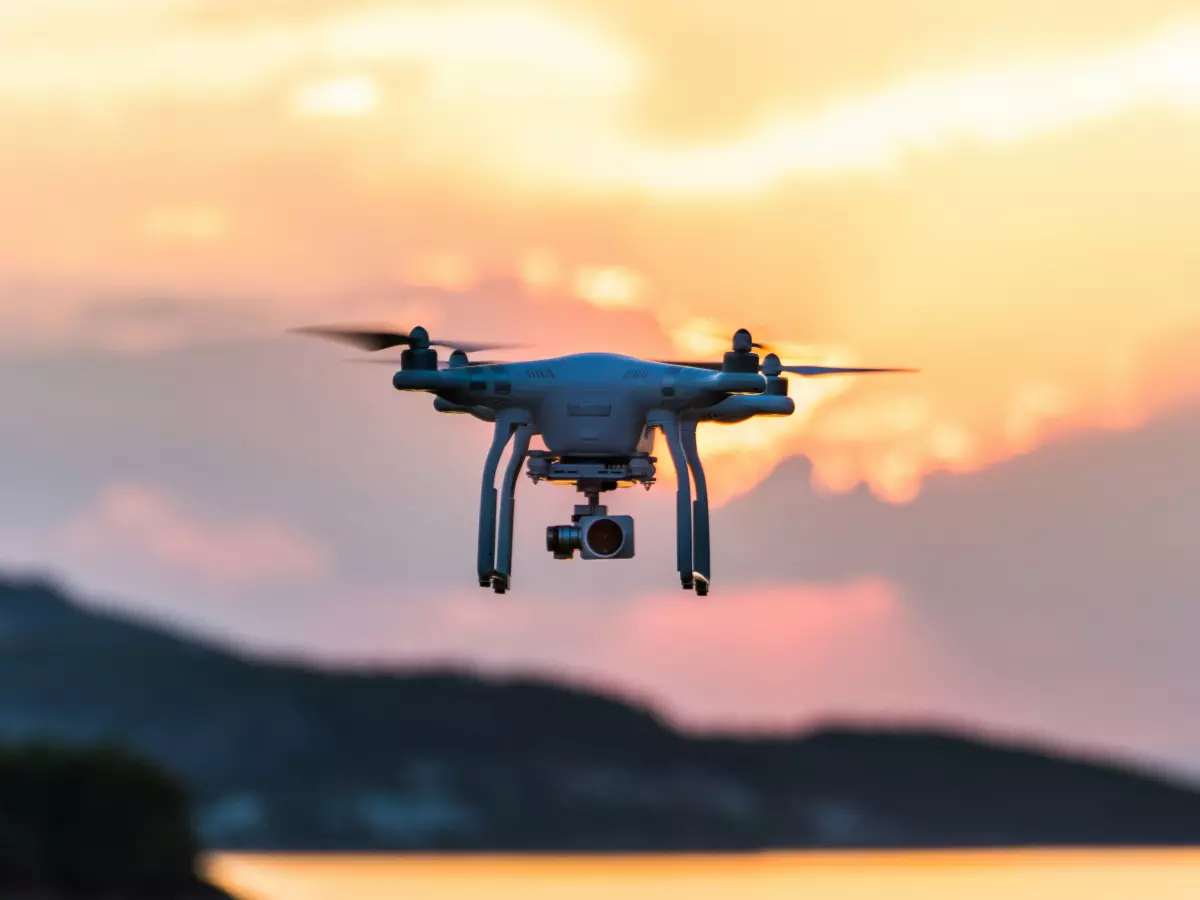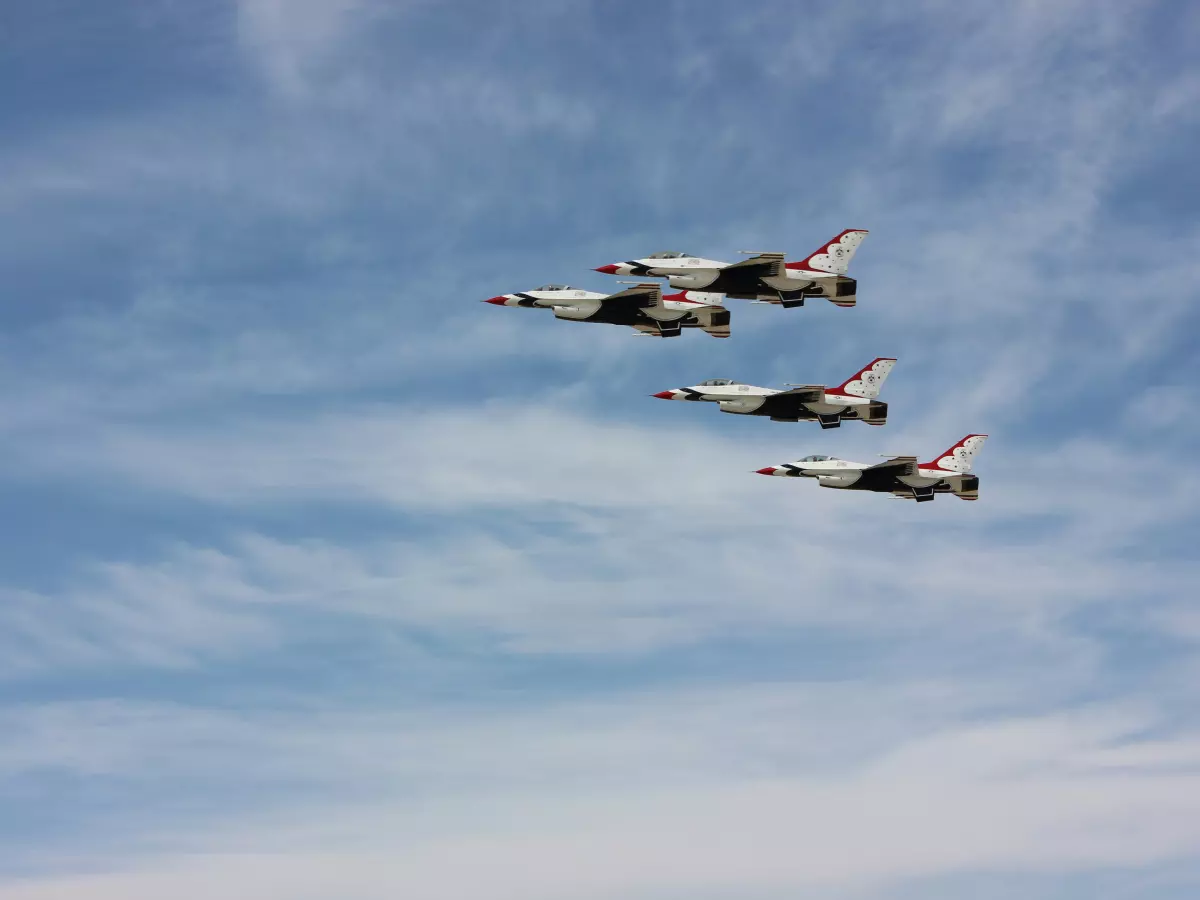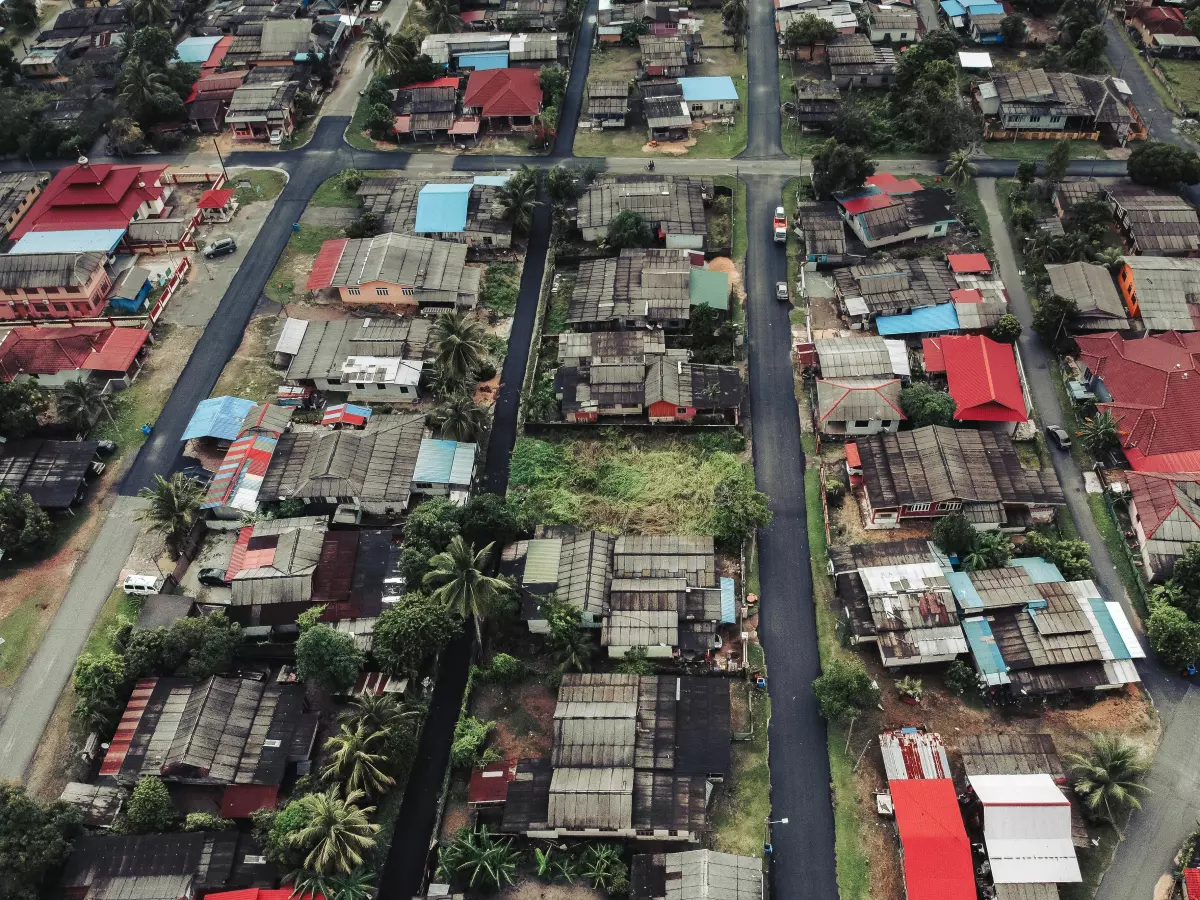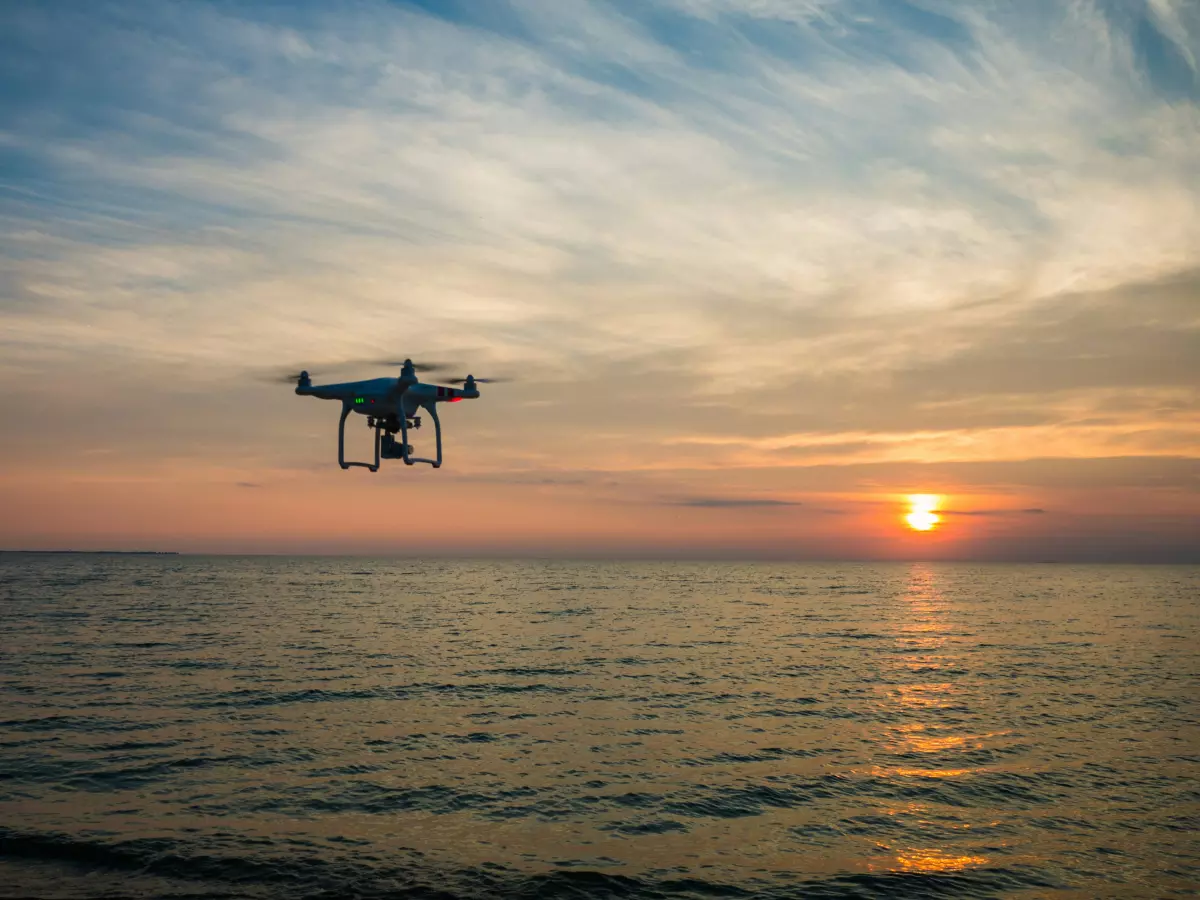Autonomous Landings
Imagine a drone descending from the sky, navigating through gusts of wind, dodging obstacles, and landing perfectly on a small platform without any human intervention. How does it manage such precision? The answer lies in the magic of sensor fusion and flight control software.
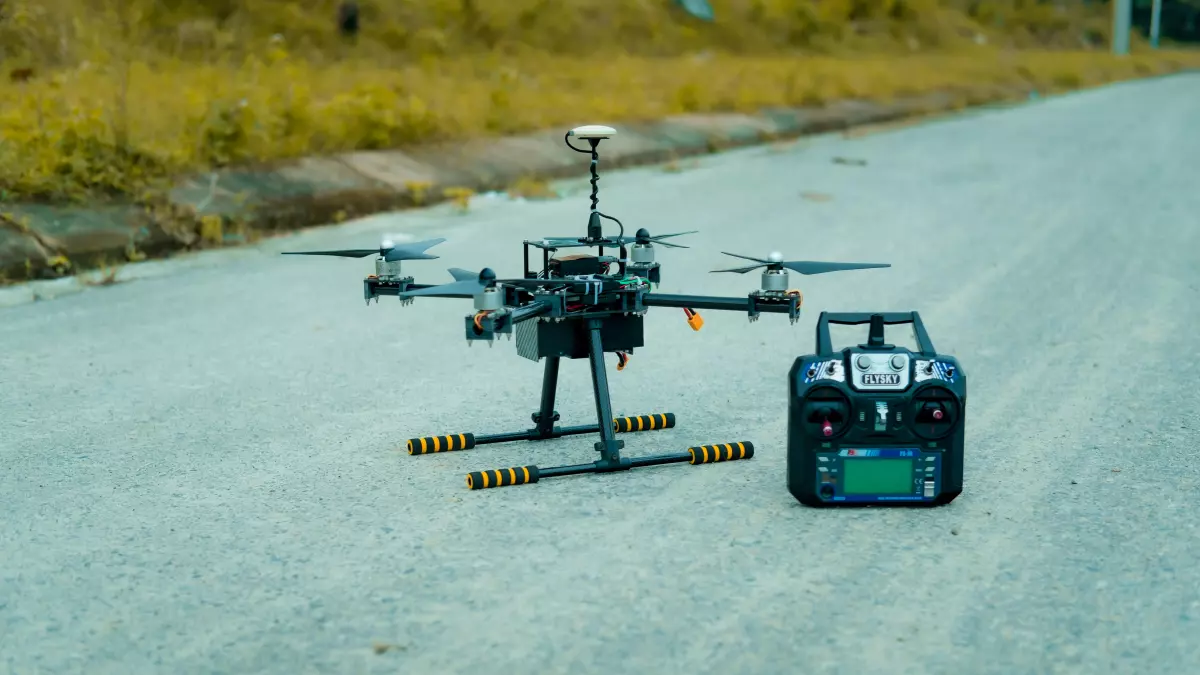
By Priya Mehta
When it comes to drones, flying is one thing, but landing is a whole different ball game. Think of it like parking a car versus driving on a highway. Both require skill, but the precision needed to park in a tight spot is far more demanding. Similarly, drones need to be incredibly precise when landing, especially in challenging environments. This is where sensor fusion and flight control software come into play, working together to ensure a smooth touchdown.
So, what exactly is sensor fusion? In simple terms, it’s the process of combining data from multiple sensors to create a more accurate and reliable understanding of the environment. For drones, this means blending information from cameras, LiDAR, GPS, barometers, and more to make decisions in real-time. But landing autonomously? That’s where things get really interesting.
Why Landing is a Big Deal
Landing might seem like a simple task, but for drones, it’s one of the most complex maneuvers. During flight, a drone can rely on GPS for navigation, but as it gets closer to the ground, GPS signals become less reliable. Obstacles like trees, buildings, or even people can interfere with the landing process. The drone needs to be aware of its surroundings and adjust its descent accordingly. This is where sensor fusion shines.
By combining data from multiple sensors, drones can create a detailed map of their environment. For example, a camera might detect a landing pad, while a LiDAR sensor measures the distance to the ground. The flight control software then processes this data, allowing the drone to adjust its speed, angle, and trajectory for a perfect landing. It’s like having multiple pairs of eyes working together to guide the drone safely to the ground.
The Role of Flight Control Software
Of course, sensor fusion alone isn’t enough. The real magic happens when this data is fed into the flight control software. This software acts as the brain of the drone, making split-second decisions based on the sensor data. It’s responsible for everything from adjusting the drone’s altitude to ensuring it lands at the correct speed.
Modern flight control software is incredibly sophisticated. It uses algorithms to predict how the drone will behave in different conditions, such as windy weather or uneven terrain. By constantly analyzing sensor data, the software can make real-time adjustments to ensure a smooth landing, even in less-than-ideal conditions. In a way, it’s like a pilot who’s always on high alert, ready to make quick decisions to avoid a crash.
Sensor Fusion in Action
Let’s break down a typical autonomous landing sequence. As the drone approaches the landing zone, its GPS provides a rough estimate of its position. However, as it gets closer to the ground, the GPS signal becomes less reliable. This is where other sensors take over.
A downward-facing camera might detect visual markers on the landing pad, while an ultrasonic sensor measures the distance to the ground. At the same time, a barometer provides altitude data, and a LiDAR sensor maps out any obstacles in the area. The flight control software takes all this data, fuses it together, and makes real-time adjustments to the drone’s descent.
For example, if the camera detects that the drone is slightly off-center from the landing pad, the software will adjust the drone’s position. If the LiDAR sensor detects an obstacle, the software will slow down the descent to avoid a collision. All of this happens in a matter of seconds, ensuring a precise and safe landing.
Challenges and Future Developments
While sensor fusion and flight control software have come a long way, there are still challenges to overcome. One of the biggest issues is dealing with unpredictable environments. For example, a landing pad might be covered in snow, making it difficult for the camera to detect visual markers. Or, strong winds might push the drone off course during its descent.
To address these challenges, researchers are developing more advanced algorithms that can adapt to changing conditions. For example, some drones are equipped with machine learning algorithms that allow them to learn from previous landings and improve their performance over time. Others are experimenting with new types of sensors, such as thermal cameras, to provide more reliable data in difficult environments.
Looking ahead, the future of autonomous drone landings is bright. As sensor technology continues to improve and flight control software becomes more sophisticated, we can expect drones to land with even greater precision and reliability. Whether it’s delivering packages, conducting inspections, or performing search and rescue missions, autonomous landings will play a crucial role in the future of drone technology.
So, the next time you see a drone gracefully touch down on a tiny platform, remember that it’s not just luck – it’s the result of cutting-edge sensor fusion and flight control software working in perfect harmony.
